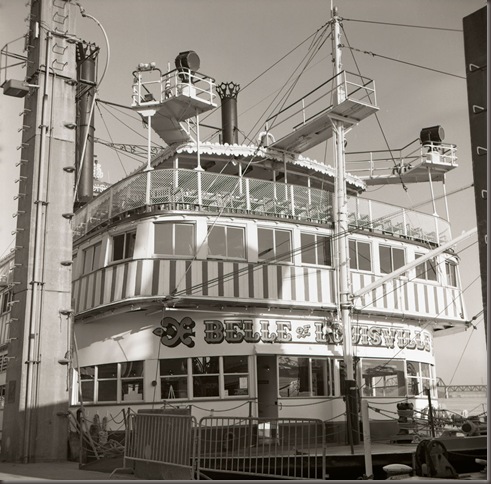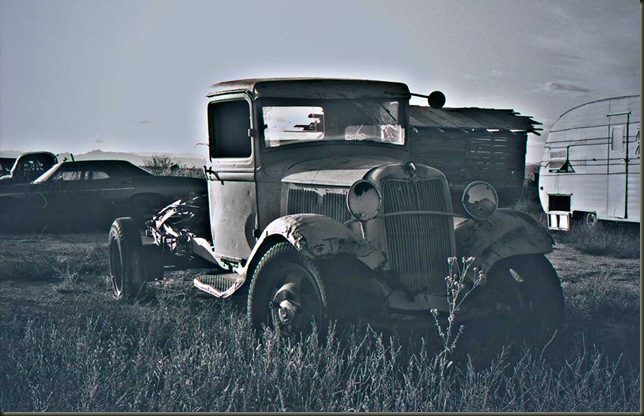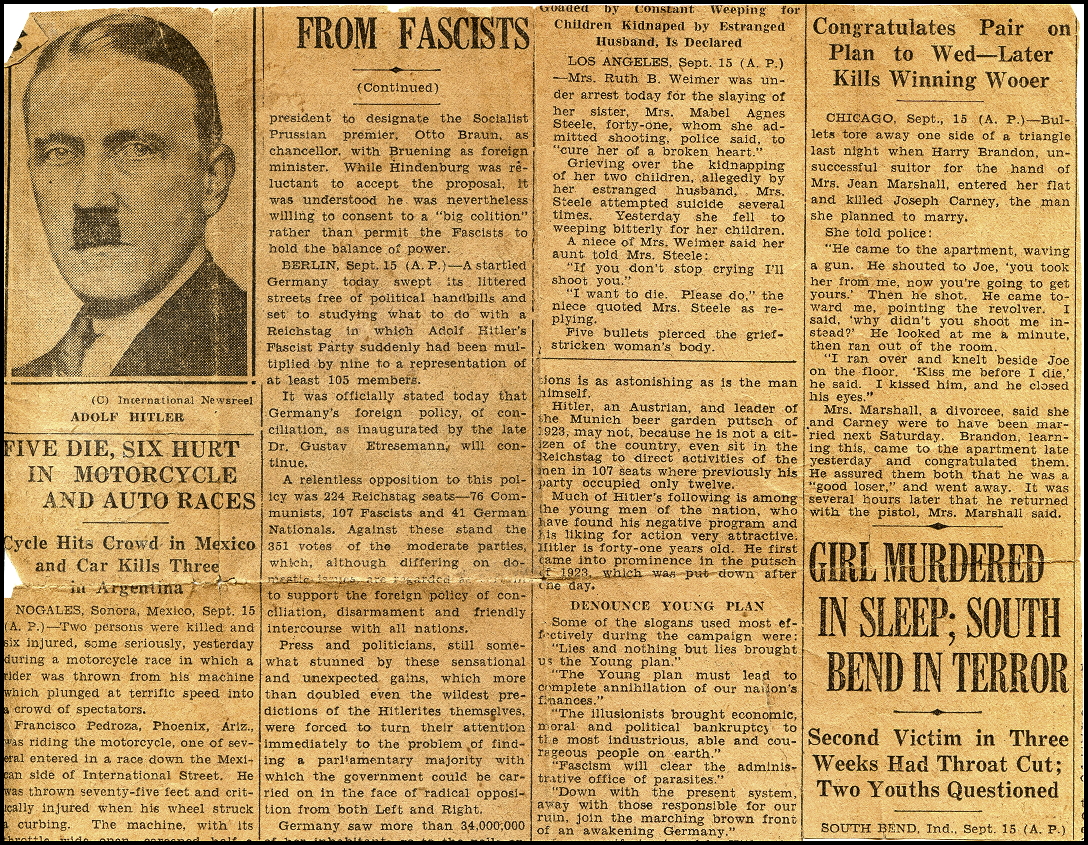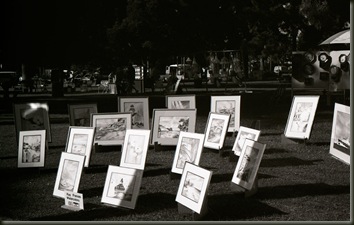 “Some of my photographs have always been a mystery to me in terms of how I arrived at them. Even with the technical ability to produce fine prints, I am hard put to know how it happens, yet unless technique and materials are seriously investigated and experienced, I see that moving statements are seldom made.
“Some of my photographs have always been a mystery to me in terms of how I arrived at them. Even with the technical ability to produce fine prints, I am hard put to know how it happens, yet unless technique and materials are seriously investigated and experienced, I see that moving statements are seldom made.
The process of photography ever invites me. I hope never to lose this feeling. At times I make photographs for the sheer magic of its process, and the good feeling about the very stuff needed: light, chemical combinations, some imperceptible forces at work behind the scene. I am part of the drama which takes the guise of photography.” - Paul Caponigro
29 May 2010
“Some of my photographs have always been a mystery to me…”

Pictures of the Day: Louisville Downtown
Belle of Louisville, Ilford Delta 100 in Ilfosol 3
 Mooring, Ilford Delta 100 in Ilfosol 3
Mooring, Ilford Delta 100 in Ilfosol 3
 Hard Rock Guitar, Tmax 100 in Tmax
Hard Rock Guitar, Tmax 100 in Tmax
Click on Pictures for Larger View
Technical information: Photos shot with Yahshica 635 TLR camera and 80mm Yashikor lens; film and developers noted under each picture. Film is 6x6 cm “medium format.”
For a subject to be strong enough to be worth photographing, the relationship of its forms must be rigorously established. Composition starts when you situate your camera in space in relation to the object. For me, photography is the exploration in reality of the rhythm of surfaces, lines, or values; the eye carves out its subject, and the camera has only to do its work. That work is simply to print the eye’s decision on film. - Henri Cartier-Bresson - on composition. "American Photo", September/October 1997, page: 76

21 May 2010
The Colors of Photography
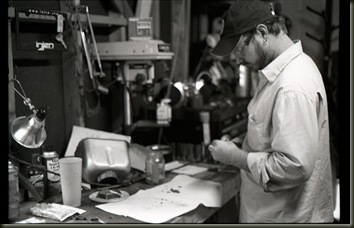 “Black and white are the colors of photography. To me they symbolize the alternatives of hope and despair to which mankind is forever subjected. Most of my photographs are of people; they are seen simply, as through the eyes of the man in the street. There is one thing the photograph must contain, the humanity of the moment. This kind of photography is realism. But realism is not enough--there has to be vision, and the two together can make a good photograph. It is difficult to describe this thin line where matter ends and mind begins.” - Robert Frank - From pages 20-22 of Aperture, vol. 9, no. 1 (1961)
“Black and white are the colors of photography. To me they symbolize the alternatives of hope and despair to which mankind is forever subjected. Most of my photographs are of people; they are seen simply, as through the eyes of the man in the street. There is one thing the photograph must contain, the humanity of the moment. This kind of photography is realism. But realism is not enough--there has to be vision, and the two together can make a good photograph. It is difficult to describe this thin line where matter ends and mind begins.” - Robert Frank - From pages 20-22 of Aperture, vol. 9, no. 1 (1961)

19 May 2010
16 May 2010
12 May 2010
New drug control strategy signals policy shift??
WASHINGTON — President Barack Obama on Tuesday announced a revised approach to "confronting the complex challenge of drug use and its consequences," putting more resources into drug prevention and treatment.
The new drug control strategy boosts community-based anti-drug programs, encourages health care providers to screen for drug problems before addiction sets in and expands treatment beyond specialty centers to mainstream health care facilities.
"By boosting community-based prevention, expanding treatment, strengthening law enforcement and working collaboratively with our global partners, we will reduce drug use and the great damage it causes in our communities," Obama said. "I am confident that when we take the steps outlined in this strategy, we will make our country stronger and our people healthier and safer."
The plan — the first drug plan unveiled by the Obama White House — calls for reducing the rate of youth drug use by 15 percent over the next five years and for similar reductions in chronic drug use, drug abuse deaths and drugged driving.
In an interview Monday, Gil Kerlikowske, the White House drug czar, said, "It changes the whole discussion about ending the war on drugs and recognizes that we have a responsibility to reduce our own drug use in this country."
Kerlikowske criticized past drug strategies for measuring success by counting the number of children and teens who have not tried marijuana. At the same time, he said, the number of deaths from illegal and prescription drug overdoses was rising.
"Us facing that issue and dealing with it head on is important," Kerlikowske said.
The new drug plan encourages health care professionals to ask patients questions about drug use even during routine treatment so that early intervention is possible. It also helps more states set up electronic databases to identify doctors who are overprescribing addictive pain killers.
"Putting treatment into the primary health care discussion is critical," Kerlikowske said.
The policy shift comes in the wake of several other drug policy reforms since Obama took office. Obama signed a measure repealing a two-decade old ban on the use of federal money for needle-exchange programs to reduce the spread of HIV. His administration also said it won't target medical marijuana patients or caregivers as long as they comply with state laws and aren't fronts for drug traffickers.
Earlier this year, Obama called on Congress to eliminate the disparity in sentencing that punishes crack crimes more heavily than those involving powder cocaine.
Some drug reform advocates like the direction Obama is heading, but question whether the administration's focus on treatment and prevention programs is more rhetoric than reality at this point. They point to the national drug control budget proposal released earlier this year, for example, which continues to spend about twice as much money on enforcement as it does on programs to reduce demand.
"The improved rhetoric is not matched by any fundamental shift in the budget or the broader thrust of the drug policy," said Ethan Nadelmann, executive director of the Drug Policy Alliance, which favors drug policy reform.
Nadelmann praised some of Obama's changes, but said he is disappointed with the continued focus on arresting, prosecuting and incarcerating large numbers of people.
Kerlikowske rejected that as "inside the Beltway discussion," and said there are many programs that combine interdiction and prevention.
The drug control office's budget request does include a 13 percent increase in spending on alcohol and drug prevention programs, along with a 3.7 percent increase for addiction treatment.
Copyright © 2010 The Associated Press. All rights reserved.
Via: Ap

11 May 2010
A Precise Moment in Time
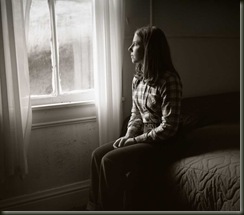 “Of all the means of expression, photography is the only one that fixes a precise moment in time. We play with subjects that disappear; and when they’re gone, it’s impossible to bring them back to life. We can’t alter our subject afterward.... Writers can reflect before they put words on paper.... As photographers, we don’t have the luxury of this reflective time... We can’t redo our shoot once we’re back at the hotel. Our job consists of observing reality with help of our camera (which serves as a kind of sketchbook), of fixing reality in a moment, but not manipulating it, neither during the shoot nor in the darkroom later on. These types of manipulation are always noticed by anyone with a good eye.” - Henri Cartier-Bresson - "American Photo", September/October 1997, page: 76
“Of all the means of expression, photography is the only one that fixes a precise moment in time. We play with subjects that disappear; and when they’re gone, it’s impossible to bring them back to life. We can’t alter our subject afterward.... Writers can reflect before they put words on paper.... As photographers, we don’t have the luxury of this reflective time... We can’t redo our shoot once we’re back at the hotel. Our job consists of observing reality with help of our camera (which serves as a kind of sketchbook), of fixing reality in a moment, but not manipulating it, neither during the shoot nor in the darkroom later on. These types of manipulation are always noticed by anyone with a good eye.” - Henri Cartier-Bresson - "American Photo", September/October 1997, page: 76

05 May 2010
Ghosts of Detroit
The American landscape was littered with these once upon a time: old trucks and cars that had given it their all and run until they couldn’t run any more. They were parked in a field or a back lot and the driver walked away in search of another ride. My friend, Alan, said that he always wanted to know the story of these old vehicles whenever he saw one, and I’m the same way. My imagination fires up, concocting stories of how these old beasts got where there are. My imagination does that to fill the vacuum, because I don’t know, and nobody knows, and the old truck can’t speak for itself. I guess I could go to the courthouse and trace down the registrations on them if they still had plates, but that wouldn’t tell me how that right front fender got crunched and who knocked it out with a hammer to keep it from cutting the tire.
Someone’s grandfather and/or grandmother went a lot of miles in this old chunk of steel – no air conditioning or radio, no shock absorbers as we know them, just leaf springs that would bounce you against the roof if you hit a rut. I can’t even tell what make or model it is. The hood ornament is bent down over the logo. I would guess it to be a Ford and guess it to be from the early 1930’s, like 1932, but that’s just a guess. I should have looked closer when I was there shooting it.
By now, most of these have been hauled away and melted for scrap. A few have been gathered by collectors, restored and put in the Rod & Custom Car Show. That is how it should be. We can’t make monuments of every old machine. There were millions of them that trucked our grandparents around, and I don’t really want one in my yard. Still, there is a magic for me when I see one of these old vehicles, whether derelict or restored. There is an instantaneous transport back to an America I never knew – that time of dust bowls and Roosevelt, Bonnie and Clyde and Dillinger, Henry Ford, Steinbeck, Hemingway, Woody Guthrie and F. Scott Fitzgerald. It happens every time.
Technical data on the photo: It was shot with a Nikon FM on Tri-X film, developed in D-76. The negative was scanned and the image manipulated in PhotoShop to give it the spectral effect.

04 May 2010
"Shop Course Popular At Brooklyn Jr. High"
I am fascinated by the stories on the back of the intended clipping, (see title)... Going from the Hitler story of Nazi party gains in the Reichstag, this would be in 1930, sometime after the September elections. Please see all of the crimes of passion, too.
Woman shoots sister to "cure her of a broken heart."

